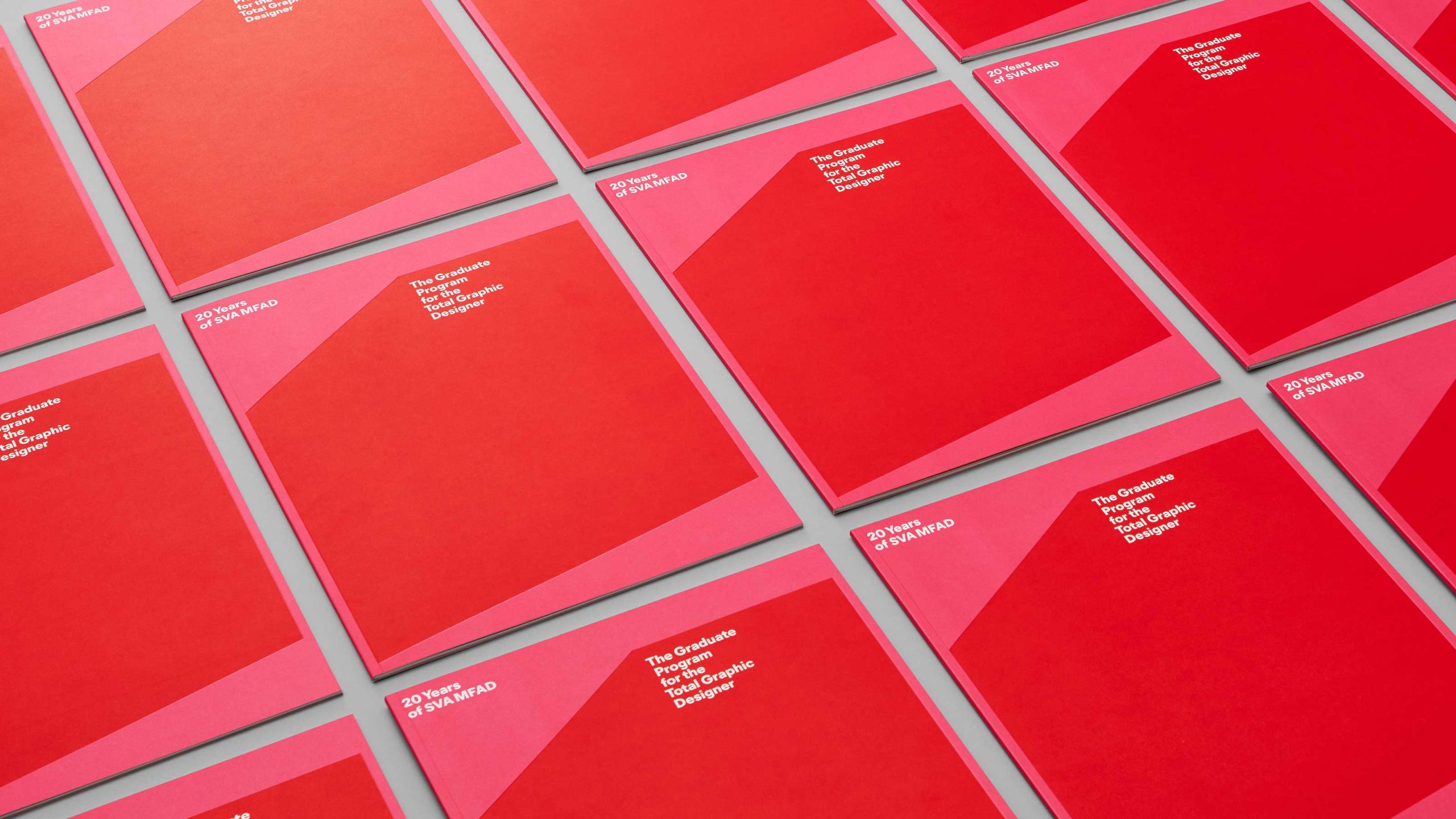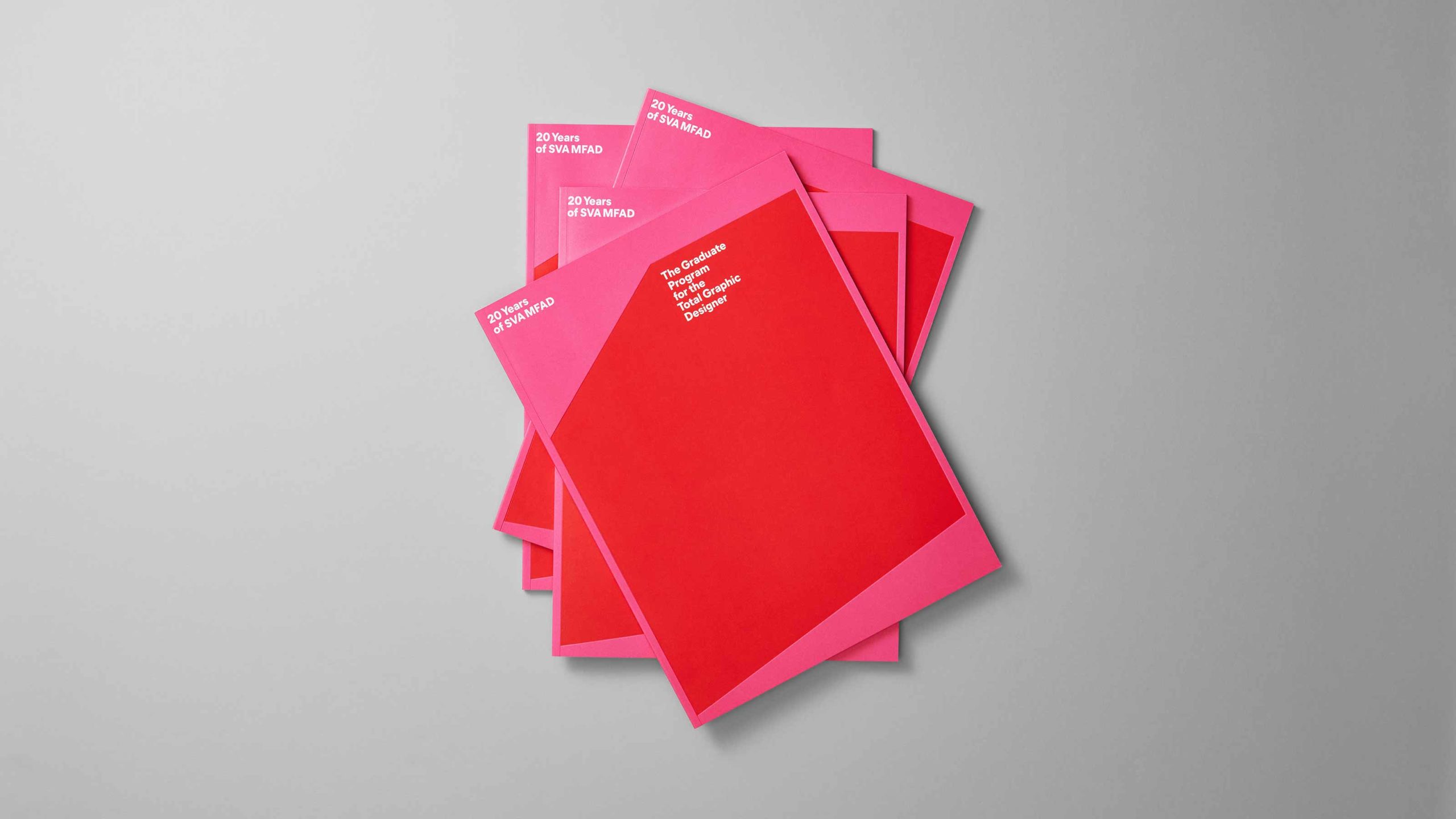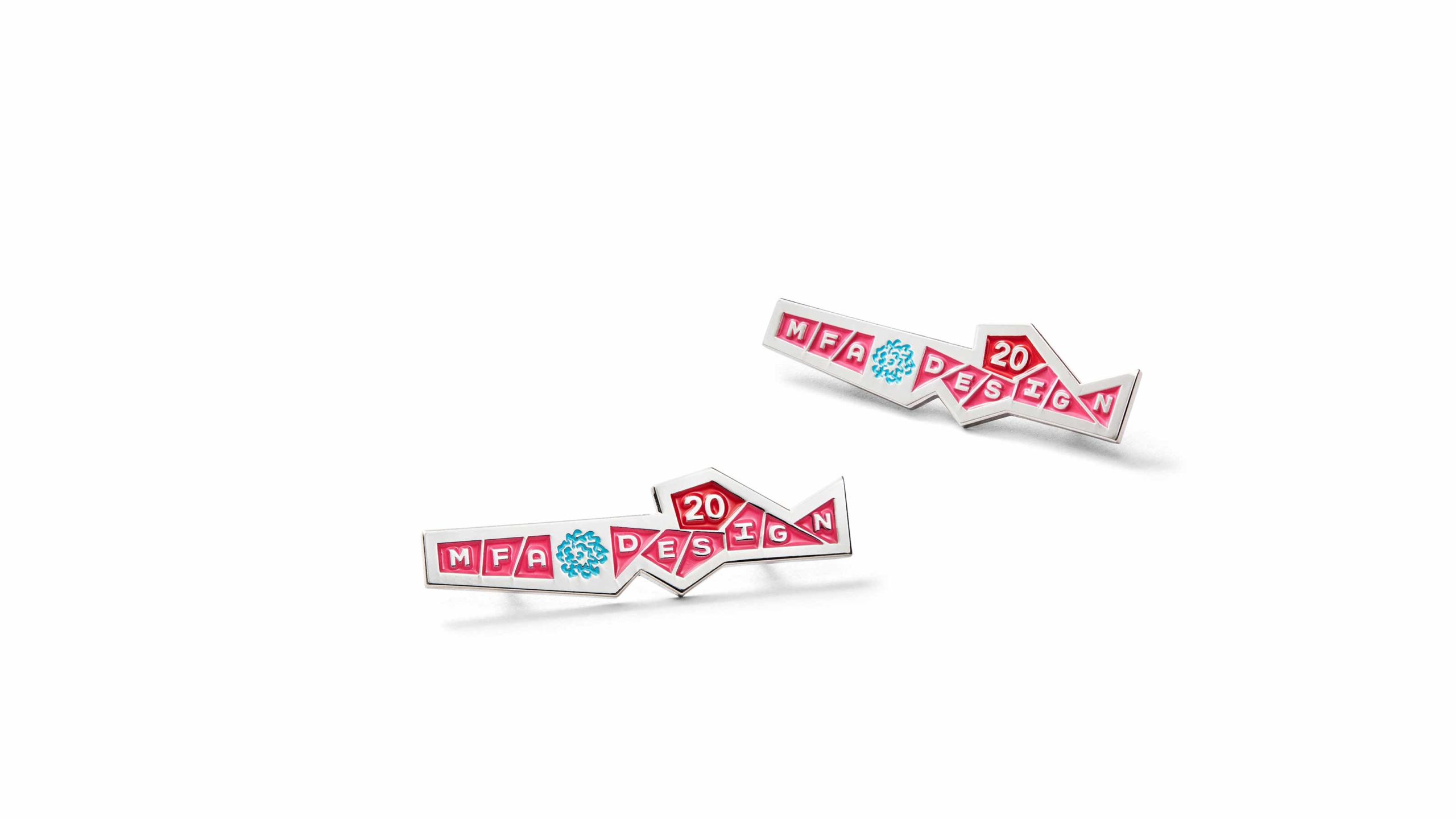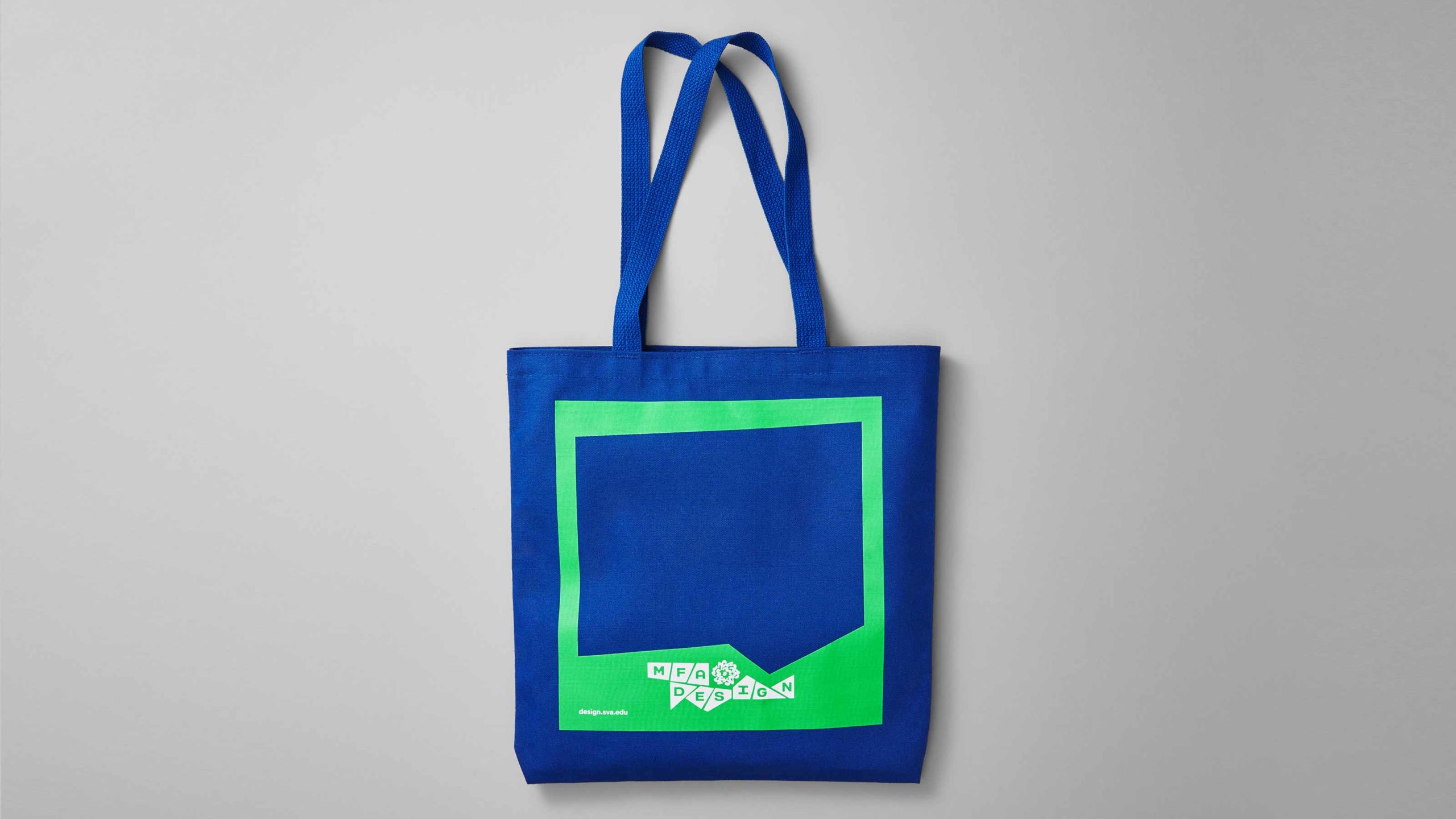Alumni Spotlight: Bobby Martin & Jennifer Kinon
How has MFA Design changed since you were students?
It has always felt, to us, like the MFA Design program was created to untether design and designers. Steve is an anarchist. At launch he was putting a stake in the ground to say that designers didn’t need to politely wait for content to do their jobs, then he and Lita grew that into giving students the tools to not wait on founders or funders either.
Now, while the underpinnings of the program haven’t changed, the structure of the program and the offerings change almost every year. MFAD setup like a trade school and it’s responding to the professional world in real time. Adding law classes. Adding business classes. Addressing technology in all its forms. All while providing a rigorous design history foundation.
Also, much more time is devoted to thesis work . When we were students, thesis topics weren’t finalized until semester four of four. Now they begin deep interrogation on day one of semester two. The extended ramp up makes it possible for students to leave the program with a startup ready to launch. It’s incredible.
What from your time at MFAD have you integrated into The Original Champions of Design ?
Brand strategy and presentation skills. At MFAD, we gained a whole new perspective on design and the vocabulary to go with it. We were enamoured with Veronique Vienne’s Design Criticism class, which worked hand-in-glove with Design Systems classes taught by Brian Collins and Paula Scher. Just like high school students don’t often know that design is a career option, we had no idea that THAT kind of design was a career option until they opened the door to such deep strategic thinking and discussion.
What is the goal of your classes? What do the students take away?
We believe that design is a super power and with great power comes great responsibility. It’s not about what happens in the classroom, it’s about what happens next.
What have been the most surprising outcomes?
Is it fair to say that nothing surprises us any more ? We’ve seen it all. From the incredible triumph of Deborah Adler’s pill bottle redesign to incredible travesties that will not be named. Both ends of the spectrum are equally valuable and equally unforgettable. Graduate school is a safe space. The worst waste of time is to come to class and stay in your comfort zone. Better to swing for the bleachers. It’s ok to miss.
What are you working on now?
We recently helped rethink the riverfront in Memphis, Tennessee, collaborated with artist Hank Willis Thomas on his first monograph, worked with The Atlantic to observe the 50th Anniversary of Martin Luther King Jr’s passing, built a unified identity system for Dartmouth College, created a mark for the MTV VMA’s and guided the NBA through the process of updating their logo for the first time in 48 years. The Original Champions of Design will turn ten in 2020.
You’ve designed the previous and current MFAD logos. What is the aesthetic and philosophical difference between the two approaches?
This time around we wanted to give the students more to work with when they implement the brand. The previous mark was a stamp. This is a system. It allows students to feature existing work instead of creating new work every time a school event needs marketing and communication. Philosophically, it breaks MFAD out of the box that has become graduate design programs. It has a certain flair that better captures the spirit of the program than the previous products on a shelf. Ours is not a one-size-fits-all program.
What do you like most about the new iteration?
We loved the process of making it. Working with Steve and Lita was like being back in grad school. They pushed us right out of our comfort zone. It’s a wildly appropriate system, but wild nonetheless. We can’t wait to see how the students bring it to life.
How do you feel that this new approach best captures the direction of the program?
It’s deliberate and systematic anarchy.






